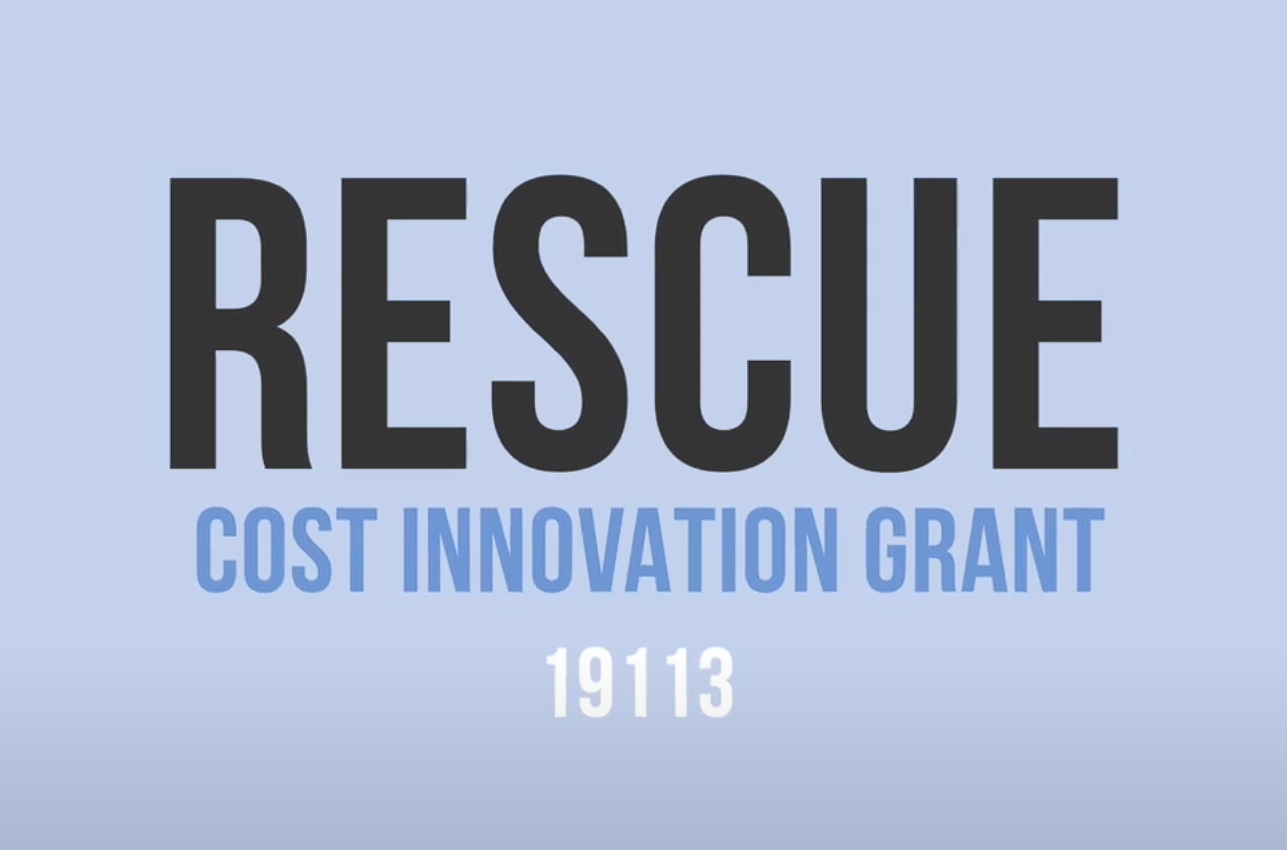ERNST continues its activity during 2025 thanks to an innovation grant funded by COST, which encompasses two instruments for the self-assessment and external audit of:
- Second Victim Support Interventions (RESCUE-Interventions).
- Trained peer supporters for the psychological and emotional guidance of the second victim (RESCUE-Supporters).
Summary
The aim of RESCUE is twofold. Firstly, it seeks to implement the existing Action technology to certify both individuals and systems, thereby facilitating effective interventions that support Second Victims (SVs) and introducing a European Certification-based recognition system named RESCUE (based on Action 19113 outcomes). Secondly, it aims to devise a business model for the implementation of RESCUE across Europe and globally.
Commencing in September 2020, Action 19113 aimed to foster discussions, exchange scientific knowledge, perspectives, and best practices related to the SVs phenomenon in health and care institutions across 31 European countries. The participation of globally renowned authors in this field enriches the initiative. Key accomplishments include:
1. Updating the conceptualization of SVs 1 (definition and scope) previously established in the USA in 2000. Additionally, it has endorsed a policy statement delineating the impact of SVs on patients and efficient approaches to address it.
2. Analysing the current state of knowledge to identify essential elements in support interventions for SVs. This analysis aims to strengthen the resilience of healthcare professionals in coping with highly stressful events.
3. Creating a novel intervention design model structured in five stages 2 (prevention, self-care, peer support, structured professional support, structured clinical support) and identifying success factors for each stage 3, validating the efficacy of the peer-support approach. A standardization of a metric to evaluate the effectiveness of interventions for SVs was also created, including learning from each SV and peer-supporter experience involving end-users.
Simultaneously, the Action has received requests to aid in implementing SV interventions and training peers as supporters. Through this, unmet demands and needs regarding both issues have been identified. Consequently, the CIG aims to qualify individuals as peer supporters and ensure intervention adequacy by establishing internationally agreed-upon certification rules based on the transfer of knowledge and expertise gained from the Action to practical applications.
Aim objective
To translate the knowledge from Action 19113 into daily practice through an innovative formula that ensures the adequacy and acceptability of Second Victim Support Interventions (SVSI) via a certification system named RESCUE.
This involves progressing through the essential stages of implementing and commercializing RESCUE as the pioneering accreditation system for individuals (peers) and SVSI, demonstrating its relevance, utility, feasibility, and societal and economic impact for the benefit of patients, professionals, and healthcare systems.
secondary objectives
SO1
To ensure that the RESCUE certification system reaches a Technology Readiness Level 8 (TRL-8) maturity level.
SO2
To develop a comprehensive business model for RESCUE’s global utilization, emphasizing its expansion beyond Europe.
SO3
To increase the number of institutions implementing certified SVSI, including a minimum of two in primary care and two in nursing homes.
SO4
To develop a comprehensive business model for RESCUE’s global utilization, emphasizing its expansion beyond Europe.
Keywords
Second Victims, Occupational Health, Resilience, Professional Distress.
